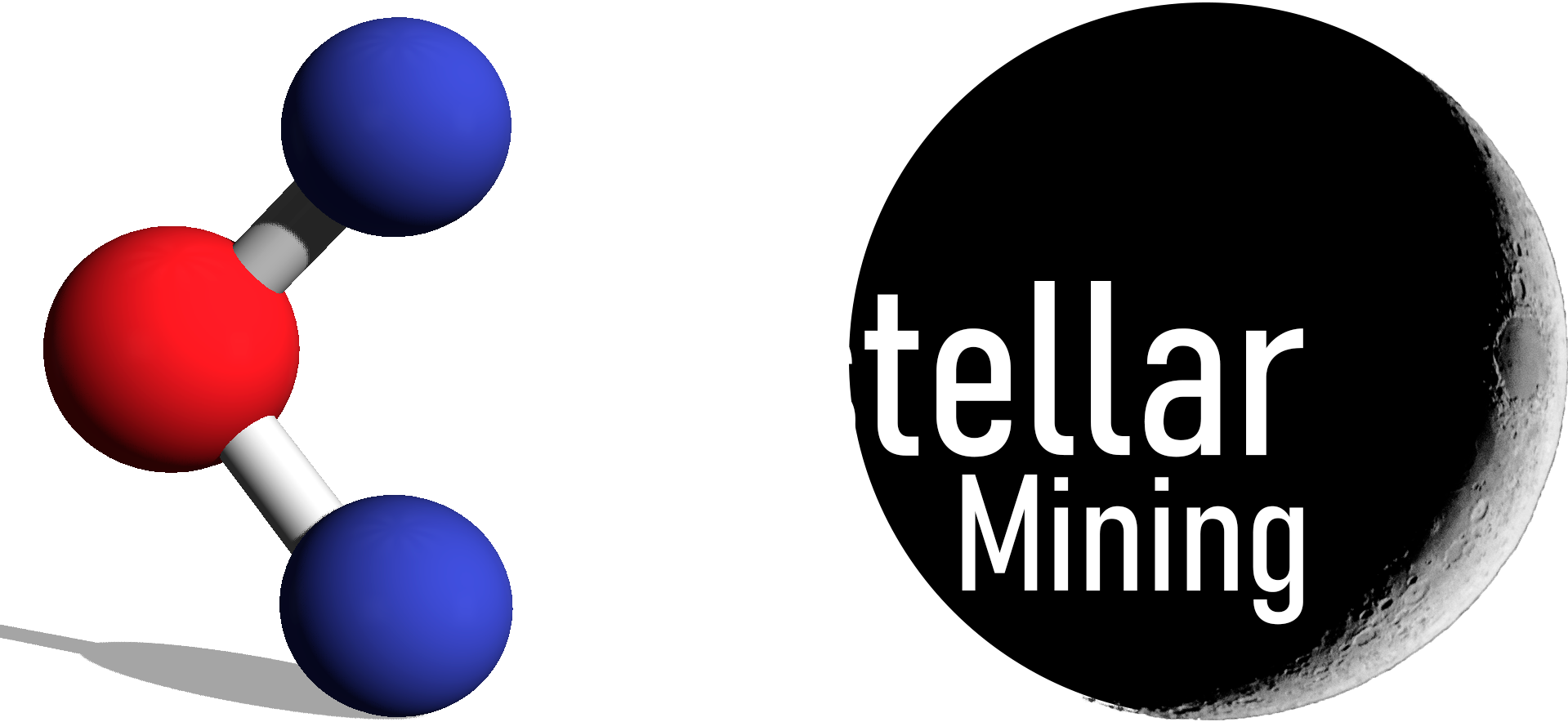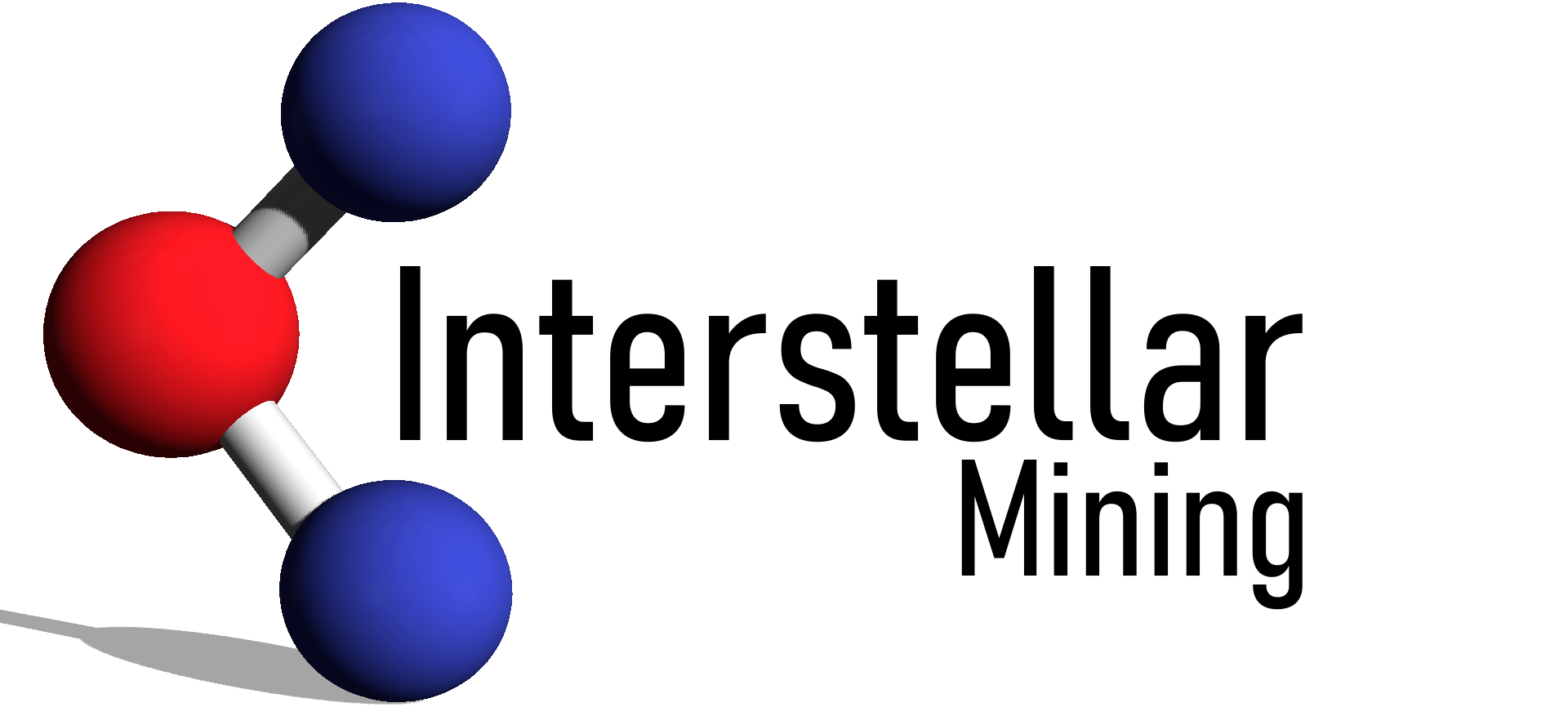Interstellar Mining Inc. (“IM”) is committed to being a responsible galactic citizen by adhering to the principles of the Outer Space Treaty, Artemis Accords, and industry best practices in our operations. Here are some of the practical elements the company is pursuing to ensure its operations are sustainable:
1.
The company will eliminate the use of any system or supplier whom willfully creates navigational hazards in cislunar space via the use of systems which produce space junk. This includes explosive bolts, cladding, shielding, or other debris. In addition, IM will ensure all of its orbital missions have proper planning for deorbiting in a responsible manner once the satellite’s missions is completed.
2.
In alignment with the Artemis Accords, IM will not willfully interfere, disturb or damage any site of historical significance such as the Apollo landing sites. Due care and consideration will be given to the non-interference with scientific missions on the lunar surface and IM will work diligently with the wider scientific community to increase humankind’s knowledge of the Moon.
3.
The company’s mining operations consist of scraping up water and volatile impregnated regolith within a few meters of the lunar surface and processing it via distillation in an enclosed plant using nothing more than thermal processing. The resulting water and volatiles are valved off into a storage vessels and the dry regolith is then reprocessed into bricks for use in lunar construction projects. This results in zero waste from our facility. In addition, our annual excavation volume is 40mx40mx2m (3200m3) which is quite small. Regular meteor and micro-meteor strikes on the lunar surface, through natural processes, would excavate far more material annually than the company’s operations on the Moon.
4.
Storage of the company’s processed water and volatiles will take advantage of the natural environment by storing them in pits at 40K or -235C in permanently shadowed regions. This eliminates the need for expensive cryogenic equipment, additional power consumption, and more consumables.
5.
For practical purposes, the company will be powering its facility via the use of a small modular nuclear reactor (“SMR”) whose total fissionable mass will be less than 10kgs and, once reaching end of life, the fissionable material will have been converted to inert metals which are contained in a 4th generation designed ceramic pellet coating, within the fuel channels which are in turn housed in a containment vessel designed for space operations. The total size of the SMR is about 1m3. It should also be noted that the natural occurring solar and cosmic radiation in the lunar environment is higher than any radiation the reactor will produce.
6.
As part of the company’s plans, we will be constructing a lunar landing pad using the waste materials from our mining and processing systems. This landing pad not only is necessary for spacecraft operations to receive our products, it will eliminate or limit the amount of ejecta kicked up by space craft landings and takeoffs. This will assist in keeping cislunar space navigable and limit the potential damage or interference elsewhere from lunar surface operations.

